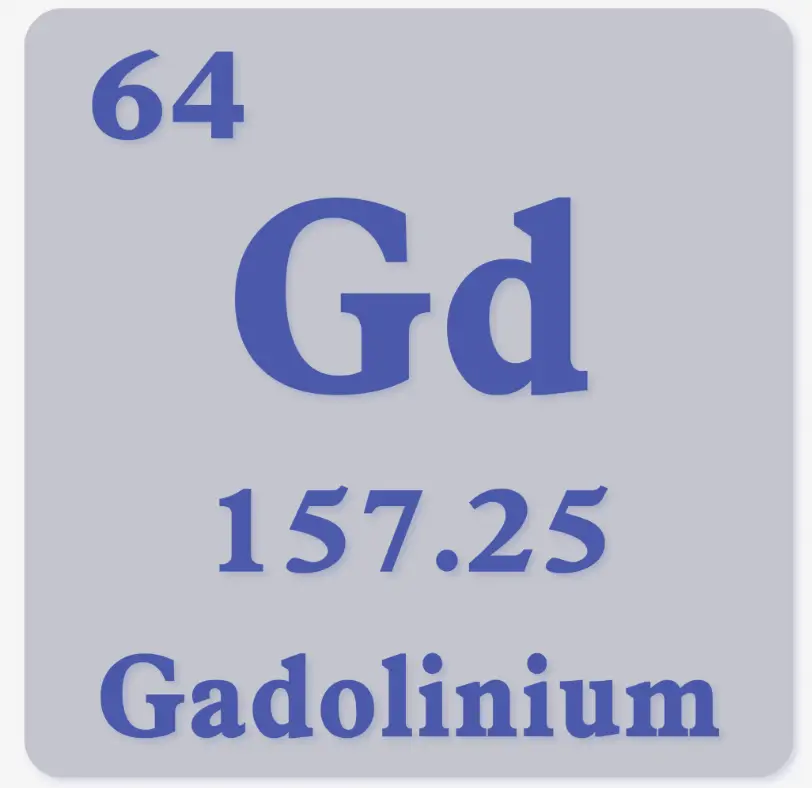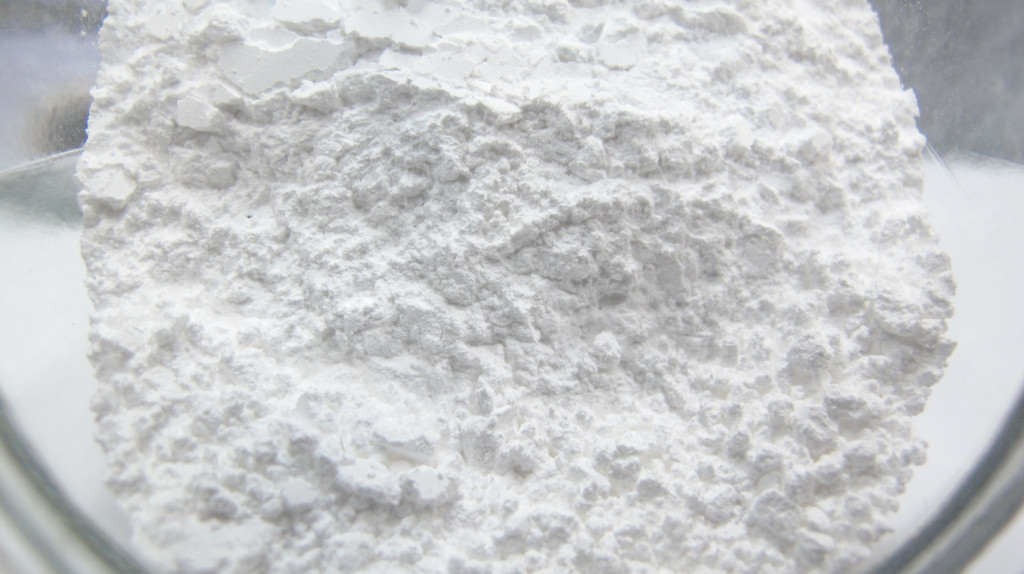Introduction
Gadolinium was discovered in 1880 by Jean Charles G. de Marignac and named after gadolinite, the mineral from which it was derived. The mineral itself was named in honor of Finnish chemist J. Gadolin, recognizing his contributions to rare earth research.
Like most rare earth elements, gadolinium’s main minerals are monazite and bastnaesite, making it the sixth most abundant rare earth element in the Earth’s crust. Around 1886, Paul Émile L. de Boisbaudran successfully isolated pure gadolinium metal.
Gadolinium (Gd)
Atomic number: 64
Atomic weight: 157.25 u
Atomic structure: The outermost electronic structure of gallium is 4f7 5d1 6s2。
Physical/chemical properties: It is a metal with silvery white luster, soft texture and slightly ductility.
In dry air, gadolinium reacts slowly with oxygen and remains relatively stable. However, it is difficult to preserve in humid environments as it quickly loses its luster and forms a black, flaky oxide layer in moist air. It is also soluble in dilute acids.
With strong paramagnetic properties, gadolinium reaches its Curie point at temperatures below 16°C, making it the only element outside of the iron group capable of exhibiting ferromagnetism near room temperature.
Main Application Areas of Gadolinium
- Medical Imaging: Gadolinium is a key element in MRI imaging. The first paramagnetic contrast agent, Gd-DTPA, was synthesized in 1981, allowing gadolinium chelate complexes to serve as MRI relaxation agents or contrast agents, injected into patients to enhance MRI contrast. This improves the clarity of organ and tissue images for disease diagnosis.
- Nuclear Reactor Control Rods: Gadolinium is used in nuclear reactors as a control rod to regulate the rate of nuclear reactions. By adjusting the position of gadolinium control rods, the intensity of the reaction can be controlled, ensuring stable operation of the reactor.
- X-Ray Tubes: Gadolinium has been applied in neutron radiography technology for detecting internal metal flaws, used in shipbuilding and aviation to examine cracks and structural defects in hulls and airframes.
- Magnetic Materials: Gadolinium can be used to produce gadolinium-iron (Gd-Fe) alloy, a magnetic material with high magnetic strength. It is used in various applications, including disk drives, magnetic separators, magnetic refrigerators, and as an alloying agent in specialty steels.
- Nuclear Fuel: With a high neutron absorption cross-section, the isotope 157Gd is used in nuclear applications, particularly in the production of nuclear fuel.
- Other Applications: Can be used to produce Gadolinium Gallium Garnet (GGG) (a substrate material for magneto-optical films and more), Gadolinium-doped Yttrium Aluminum Garnet (Gd:YAG) (used in lasers and other optical applications), as an additive in steel and chromium alloys, in magnetic refrigeration, as a scintillator detector in PET scans, Gadolinium-doped Ceria (GDC) (used as a ceramic electrolyte in solid oxide fuel cells), as a green phosphor in cathode ray tubes, and in Gadolinium Barium Copper Oxide (GdBCO) high-temperature superconductors.


